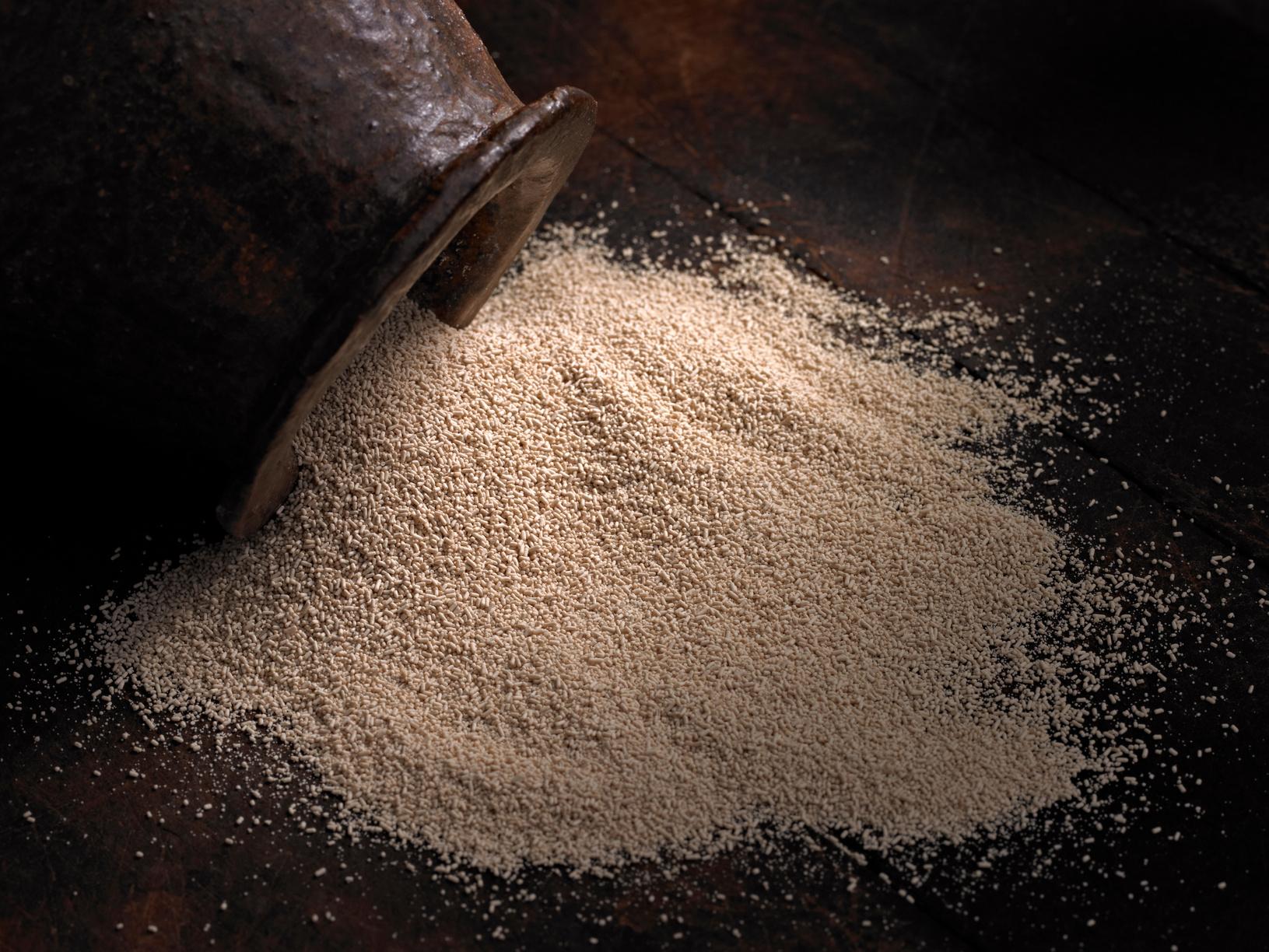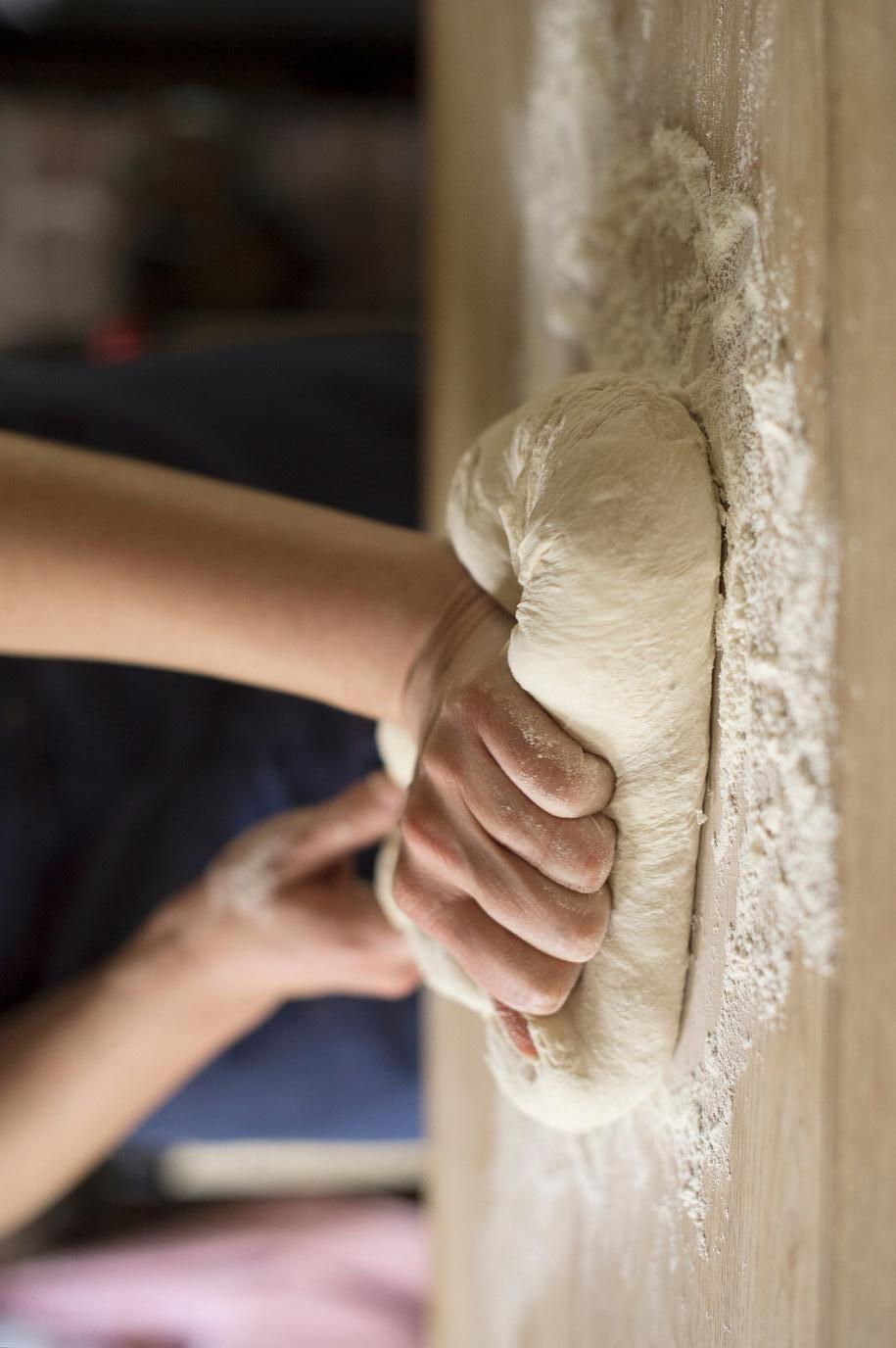
2 minute read
THE TASTE OF GOD
—Fr.StephenPlacente,SDB
The parable of the yeast is as brief as the preceding parable of the mustard seed (vv.18-19). Yet, however short and simple these two parables are, they both bring up the theme of big and exceptional growth. The parable of the yeast will yield several points of reflection and insight if the reader undertakes a close reading of the text.
The parable intends to compare God’s kingdom, not only with the yeast but also with actions and other elements in the story. Thus, the kingdom of God is compared to yeast taken and mixed in with the flour all these done by a woman. The reader is taken by the quick succession of actions, which promptly suggests a key point about God’s kingdom it is active in daily life.
In the Bible and rabbinic works, yeast has positive and negative connotations. Associated with the Passover celebration, yeast carries an unsavory meaning, as in 1 Cor 5:8: “Therefore, let us celebrate the festival, not with the old yeast, the yeast of malice and evil, but with the unleavened bread of sincerity and truth.” The wise persons of Israel, too, describe yeast as evil: “On the one hand, the yeast in the dough, the evil inclination that is within every person” (Berakhot 17a).
However, in the context of Luke’s parable, yeast, used to illustrate the kingdom of God, has a more positive undertone.

To dig deeper into the story, it is profitable to follow the woman’s activities as she goes about her work in the kitchen. The domestic setting is assumed as it presents a tranquil scene of a woman taking yeast and mixing it with flour.

In Greek, mixing yeast with flour is more graphically described as “hiding yeast in the flour.” There is nothing exceptional in the scene, as it portrays what seems to be an ordinary activity in a Jewish household baking bread. Then, the surprise comes when the narrator mentions that the woman is working with three measures, that is, 45 kilos of flour! With that amount of flour, she could produce loaves of bread enough to feed her whole village! The point, however, of the parable is how small yeast can make a huge quantity of flour rise and become edible Something so small can bring about a significant change
Thus is the kingdom of God It creates beautiful transformation in the present world, not in a hidden manner, but in the most visible events and familiar actions in daily life A mother’s smile to her child in painful moments cannot be hidden; a generous offer of food to the needy is not concealed; encouraging words to the depressed cannot be unheard In the end, the parable of the yeast makes the reader think how sin can make as G Lohfink suggests the human world tasteless and bland, while the “reign of God will make it palatable again, restore creation, and return it to its whole abundance and tastiness ” •









